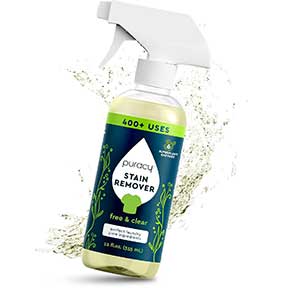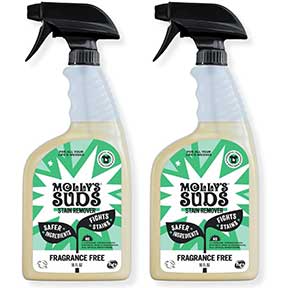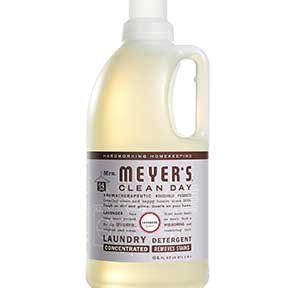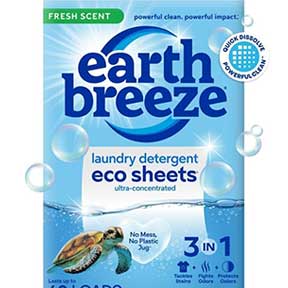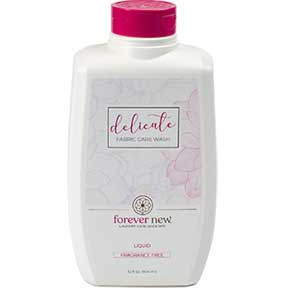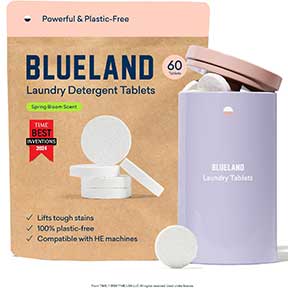Cleaning Laundry Tips

Tips for Washing Laundry, Best Temperature Settings and Stain Removal Tips.
Laundry Stain Removal Tips
We all love the feel and scent of clean clothes, but laundry can become overwhelming—especially when stains are involved. Whether you’re new to laundry or looking to sharpen your skills, these cleaning laundry tips will help you handle everything from water temperature choices to stubborn stains with confidence. If laundry is part of your household routine, you’re not alone in wondering about the best methods and products to use. The most important place to start? Always read the care labels on your clothes. Some items may need to be dry-cleaned, while others are safe for hand or machine washing. And yes, there are even products to help freshen up dry-clean-only items between professional cleanings.Step-by-Step Cleaning Laundry Tips
Sorting Your Laundry
Divide laundry into categories: darks, lights, delicates, and hand-wash-only items. Also, separate delicate fabrics from heavier ones, and always sort by color to avoid bleeding.Using the Washing Machine
- Adjust water temperature and load size according to the fabric type.
- Choose the correct cycle (e.g., regular, delicate, or heavy-duty).
- Use the right amount of detergent based on soil level and load size.
- Don’t overload the washer—clothes need room to move freely.
Drying Tips
- Check that stains are gone before drying. Heat can set them permanently.
- Use the correct drying setting: low for delicates, high for towels.
- Clean the lint trap before every load.
- Promptly fold or hang dry clothes to avoid wrinkles.
Choosing the Right Water Temperature
Hot Water (130–140°F)
Best for whites, towels, linens, cloth diapers, socks, and underwear. Hot water sanitizes and removes tough stains but may cause shrinkage or color bleeding.Warm Water (90–110°F)
Ideal for everyday laundry like jeans, synthetic fabrics, and permanent press. It provides effective cleaning without the risks of hot water.Cold Water (68–80°F)
Best for darks, delicates, and brightly colored items. Cold water prevents fading and shrinking but may require a detergent formulated for cold washes.Laundry Stain Removal Tips
A huge part of laundry success is dealing with stains effectively. Always pre-treat as soon as possible and avoid the dryer until the stain is completely gone. Ink: Blot with rubbing alcohol, rinse, then use mild detergent or hydrogen peroxide on color-safe fabrics. Coffee: For fresh stains, rinse with cold water. For dried stains, pre-treat with detergent or dish soap and rinse. Egg: Use cold water only. Rinse from the back, apply detergent, and gently scrub with a toothbrush. Blood: Always rinse in cold water. Hot water sets protein-based stains. Blot, then pre-treat before washing. Chocolate: Pre-treat and launder. If needed, make a paste of borax and cold water and let sit before rewashing. Red Wine: Blot immediately. Rinse in cold water, sprinkle salt or baking soda, then wash. Use a stain remover or hydrogen peroxide if needed.Stain Removal for Delicate Items
Delicates need special attention. When in doubt, hand wash. Avoid harsh chemicals and use gentle products like white vinegar, baking soda, or Ivory soap. Always check labels and, if machine washing, use a mesh bag and low spin cycle. Air dry flat when needed.Final Thoughts
Laundry doesn’t have to be frustrating or confusing. With the right cleaning laundry tips—from sorting and washing to removing stains and choosing water temperatures—you can keep your clothes looking fresh and feeling great. The key is treating stains quickly and reading labels carefully. And remember: never put stained clothes in the dryer until the spot is gone. A little care goes a long way toward extending the life of your favorite clothes.Clothing and Laundry
